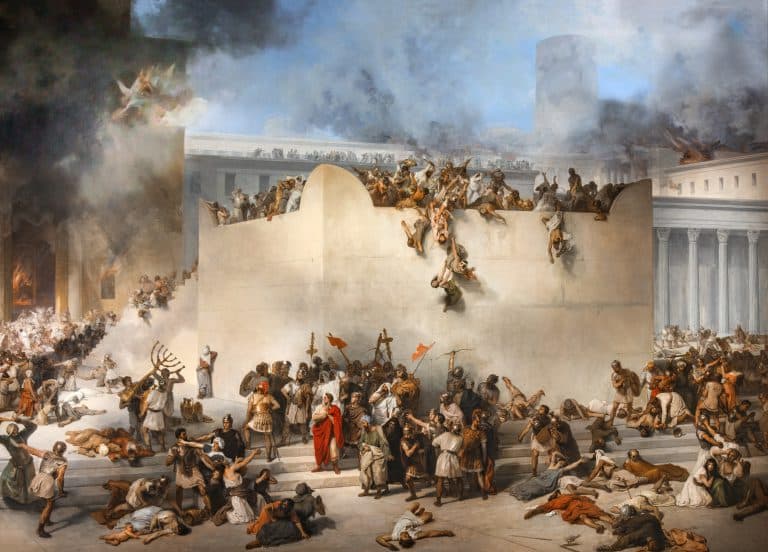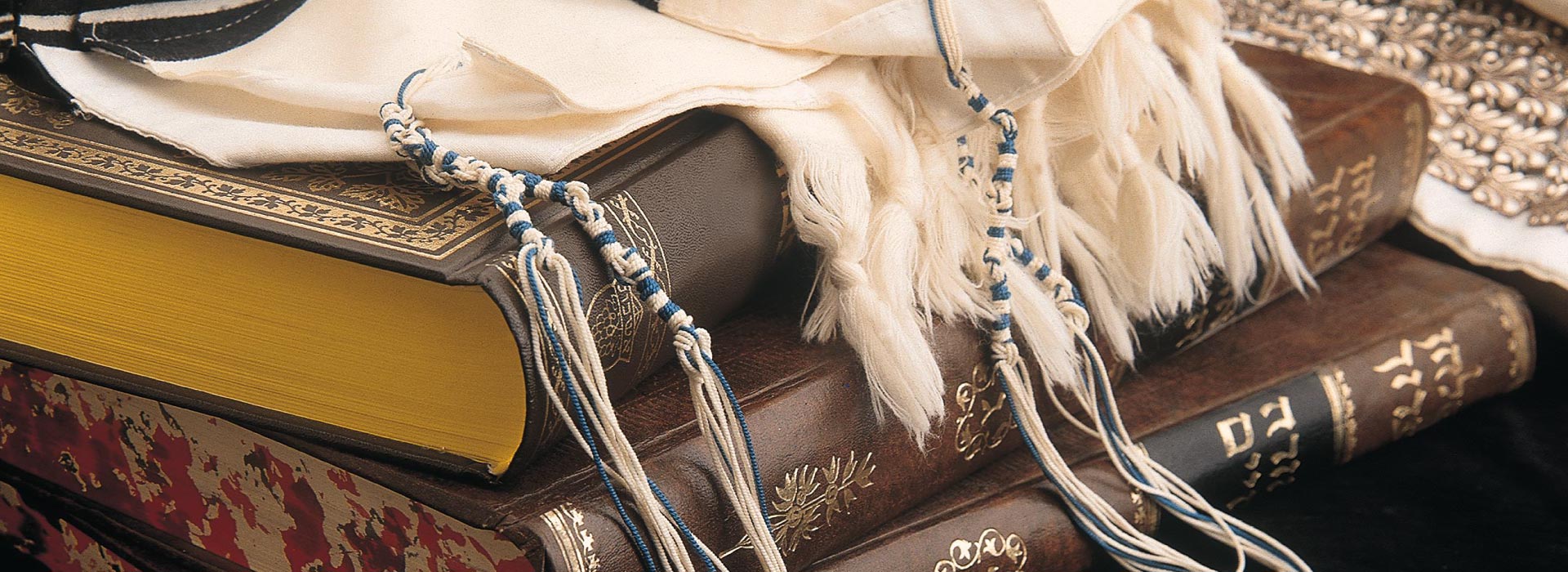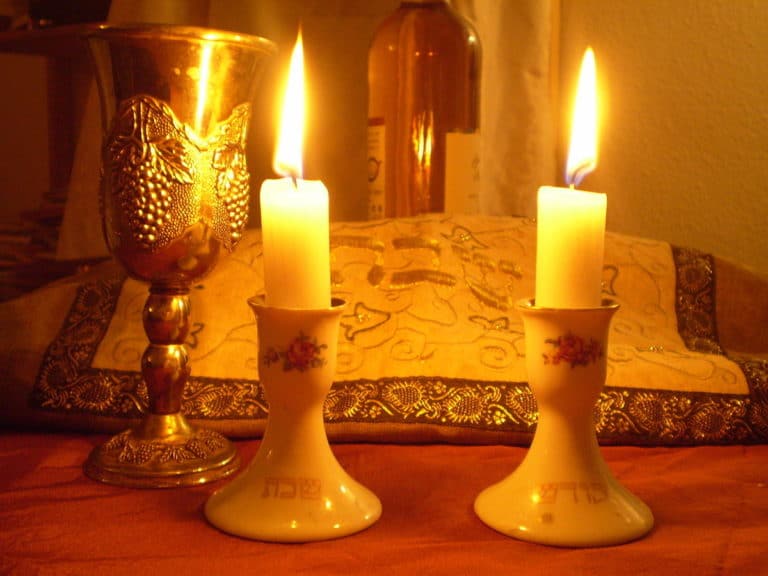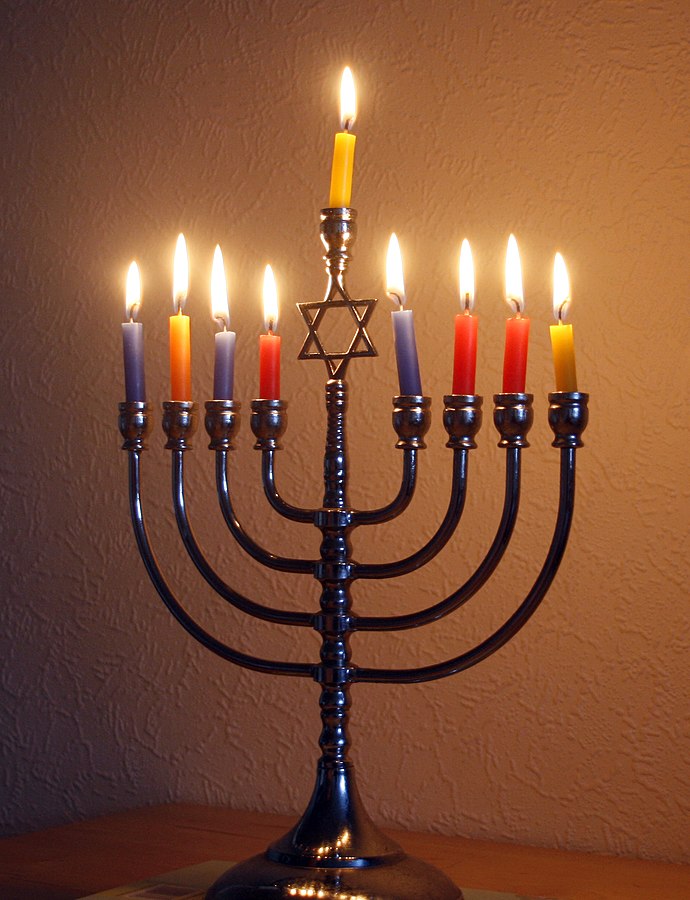
Tisha B’Av
Tisha B’Av is a Jewish day of fasting, symbolising the peak of the three week mourning known as Bein ha-Metzarim. It is considered the most

Intro Jewish Holidays Intro Jewish Holidays Intro Jewish Holidays Intro Jewish Holidays Intro Jewish Holidays Intro Jewish Holidays Intro Jewish Holidays Intro Jewish Holidays Intro Jewish Holidays Intro Jewish Holidays Intro Jewish Holidays Intro Jewish Holidays Intro Jewish Holidays Intro Jewish Holidays Intro Jewish Holidays Intro Jewish Holidays Intro Jewish Holidays Intro Jewish Holidays Intro Jewish Holidays

Tisha B’Av is a Jewish day of fasting, symbolising the peak of the three week mourning known as Bein ha-Metzarim. It is considered the most
Every human culture has particular ways of marking time, calendars and festivals—usually, both feasts and fasts. It is human to seek meaningful ways of marking

In the Hebrew language, six out of the seven days of the week do not have names. They are, rather, “the first day,” “the second day,” and so on, up to “the sixth day.” Only the seventh day has a name—Shabbat, the Sabbath. The root of Shabbat is resting, refraining from work. But the traditional Shabbat is much more than simply a day off.

Rosh Hashanah literally means “the head of the Year.” However, the association of this name, with the festival celebrated at the beginning of the Hebrew month of Tishrei only dates from Talmudic times. In the Torah, the festival is called both Yom Teruah, “the day of blowing the Shofar,” and Yom HaZikkaron, “the day of remembrance.”
The association of this time of the year with a time of renewal probably goes back toExodus 23:16, when Sukkot, the autumn harvest festival, is identified with “the end of the year,” the intention most likely being the completion of the agricultural cycle. But the creative spirit of the Talmudic Rabbis infused Rosh Hashanah as the New Year with a much deeper meaning—the Day of Judgement, in a process called Teshuvah. That word literally means “response” or “return”, but carries with it a number of other associations, including repentance, renewal and, as some 20th century rabbis and scholars have put it, a kind of re-creation of the Self, in dialogue with God.

Hanukkah begins on the 25th of the month of Kislev and continues for eight days, into Tevet. Like Purim, it is a festival of Rabbinic origin. Thus, while there are certain religious commandments obligatory on those days (on Hanukkah, most prominently, the lighting of candles,) there are no prohibitions on work, travel, and so on. In Israel, the schools are closed, but most people will work on these days.

In the eleventh month of the year, Shevat, there is a very minor festival, the meaning of which was enhanced in the State of Israel

Adar is the twelfth month of the Jewish calendar. The Talmud says that from the beginning of this month, “we increase our joy.” The joy of Adar is because of the festival of Purim, celebrated on the 14th of the month, except in Jerusalem, where it is celebrated on the 15th. Every now and then, when the 15th of Adar falls on a Shabbat, the Jerusalemites celebrate three days of Purim, on the 14th, 15th and 16th!
In the 23rd chapter of Leviticus, the children of Israel were commanded to bring a special grain offering to the High Priest on the second

Pesach is celebrated from the 15th to the 21st of Nissan, the first month in the Jewishcalendar.Surprisingly,perhaps, the new Jewish year begins in the seventh